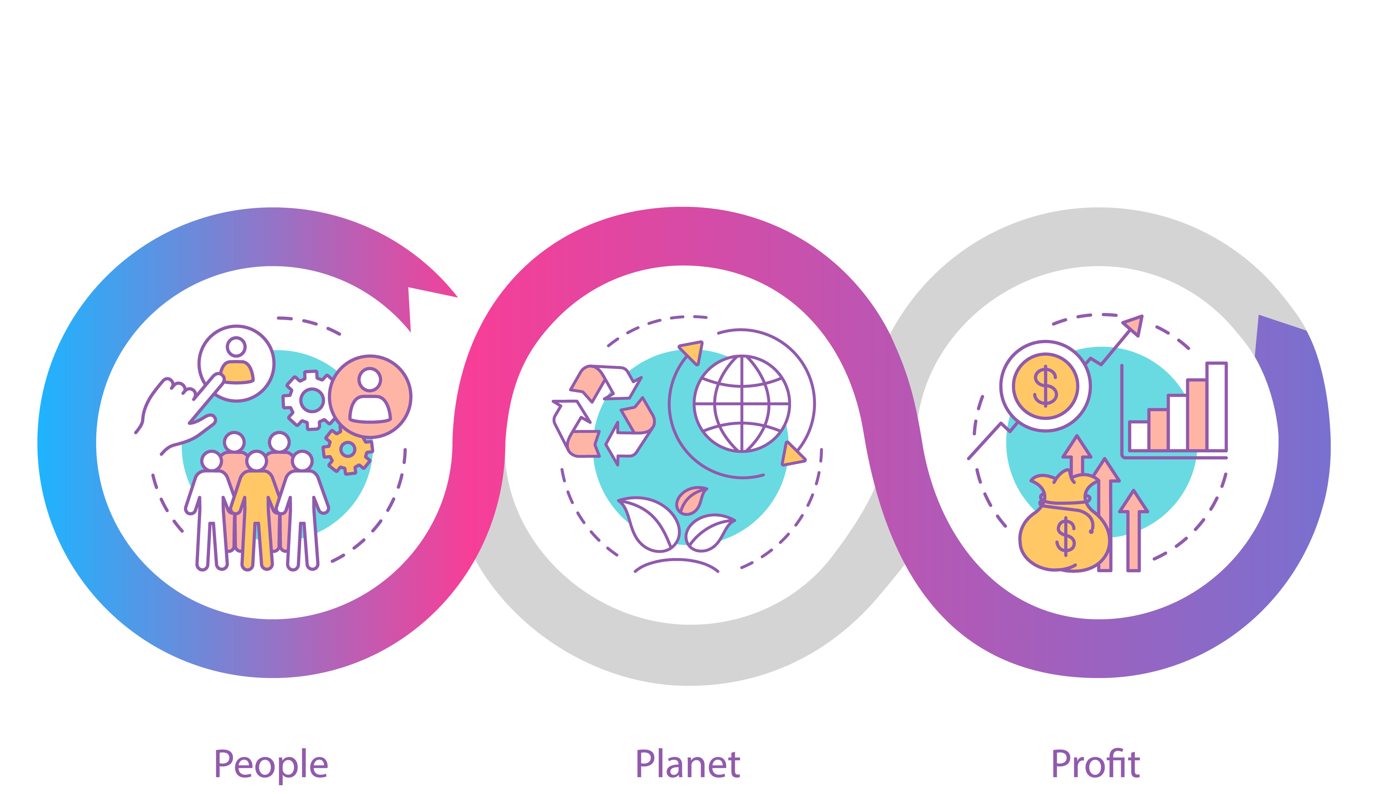
While it is true that today ESG issues, the Environment, Social and Governance characteristics inherent in every type of business, are increasingly high on the priorities in the agendas of the boards of major organizations, carbon footprint is certainly among the most important issues in the field of sustainability.
Carbon footprint: what it is and why it is important for companies and organizations to measure and communicate it
While it is true that today ESG issues, i.e., the Environment, Social and Governance characteristics inherent in every type of business, are increasingly high on the priorities in the agendas of the boards of major organizations, carbon footprint is certainly among the most important issues in the field of sustainability.
It is, in fact, the most visible and impactful component of corporate operations, as it is defined as the "footprint" or "trace" that the company itself releases on the environment in terms of pollution and emissions while carrying out its business activities.
Why is it important to communicate one's carbon footprint?
A footprint that engages the industrial and economic fabric and the surrounding environment in a massive way, considering that it is estimated that in every business activity, 90 % of emissions come from the supply chain, which becomes increasingly important to engage, creating the commitment necessary to measure and monitor ESG performance throughout the supply chain.
Hence the urgency of measuring and communicating it externally, because of also the decisions taken at the European and global level, in terms of reducing emissions and lowering the climate rise threshold, as established by the Paris Accords and pursued by the UN 2030 and 2050 Agenda.
Starting from what the EBA has established in defining the carbon footprint, it is to be measured and monitored through GHG emissions released by the company and expressed with the unit of measurement in CO2, where GHG stands for Greenhouse Gases and indicates all gases capable of trapping heat in the atmosphere, giving rise to the "greenhouse effect" phenomenon . They represent a priority risk of ESG factors: in fact, GHG emissions are recognized as an "ESG risk impacting the inside-out environment, where precisely the business activity has impacts on the surrounding environment and therefore needs to be monitored in risk management and prudential control."
This means that emissions fall under the view of dual materiality, established by globally recognized standards, such as "Accountability Principles Standards" and specifically GRI 101 (of the Global initiative report," "Principle of Materiality") and the EFRAG guidelines, where the concept of dual materiality is introduced.
The latter, perfectly coinciding with the inside-out risk of emissions provides that, in a dynamic perspective, two aspects within companies are measured and reported: one inherent to the evaluation and reporting of the company's business and which finds its perimeter within the accounting standards of the financial statements, the other in a perspective of mutual and dynamic symbiosis with the environment and the social and economic fabric involved in its business activities, providing for ad hoc integrations through indicators on ESG risks, as far as non-financial reporting is concerned.
To make the normative framework of reference translatable at the European and global level, this means: as much as the company with the activities carried out can go to negatively or positively impact the surrounding ecosystem at the environmental level and with consequent economic and social repercussions, equally the territory in which the business is developed can damage it, if the right measures and expedients are not undertaken.
Hence the need for a definition and measurement of what can affect both the business and the territory in a dynamic perspective that allows and of qualitative-quantitative measurements to be added to economic-financial evaluations.
How the carbon footprint is calculated
To frame such carboon footprint reporting normatively, the first definition of emissions and what so-called "greenhouse gases" are, is given in the "Kyoto Protocol," in 1997: it is here, for the first time, established which are the main gases emitted by human activities with a climate-changing effect, such as carbon dioxide, methane, nitrous oxide and fluorinated gases (hydrocarbons, perfluocarbons, sulfur hexafluoride and nitrogen trifluoride).
These GHGs are measured by two main aspects that impact global warming: their radiative forcing (energy entering and leaving the Earth-atmosphere system) measured in GWP (Global Warming Potential) and their residence time in the atmosphere, which varies among GHGs.
In the financial reporting perspective, provided by the EU Taxonomy and measured globally by the GHG Protocol, emissions are classified as environmental pollutants according to three distinct categories: Scope 1, Scope 2, and Scope 3.
Each of these scopes presents unique challenges for measuring and reporting their respective impacts, in fact:
- Scope 1 emissions, so-called "direct" emissions, can be directly related to a company's activities. For example, emissions from automobiles and emissions from any production plant or operating facility.
- Scope 2 emissions, defined as "indirect emissions”, are classified as any energy consumption that is part of the production of any product or service.
- Scope 3 emissions, like Scope 2 also "indirect”, are the most difficult to identify, not falling into the previous two classes and covering the activities of the entire downstream product life cycle, from business travel, to supply chain logistics, to end-of-life waste of any product.
Various metrics and models have been implemented to date to estimate company-wide classes of emissions, and thus the carbon footprint of the business: The most widely used are:
- the Science Based Targets, which measures emissions for contracted investments and financing, indicating the trajectory to be in line with the 2030 agenda (minus 1.5° climate rise);
- the "Financed Emissions" method, which estimates the amount of greenhouse gases a financial institution is responsible for through its investments, through a precise "attribution factor" scale established on business sectors of listed and unlisted companies.
How to reduce the company’s carbon footprint?
At present, certainly it can be said that the data and measurement models, with related technologies, exist to make real and measurable changes with a view to economic and sustainable transition, which starting from the governance-level consideration of carbon footprint, can translate into proactive sustainability planning and its measurement, reporting and communication.
A difference can be made in many different ways, but whatever path or trajectory is chosen and wherever it leads, it is necessary to make sure that the "footprint" of companies is combined with the sustainable economy, to make companies more transparent and clean at the level of environmental impact, governance and leadership, paving the way and conditioning environmental "inside-out" risk in a positive way, thus building a more equitable economy and fully sustainable development into the economic and social fabric.



